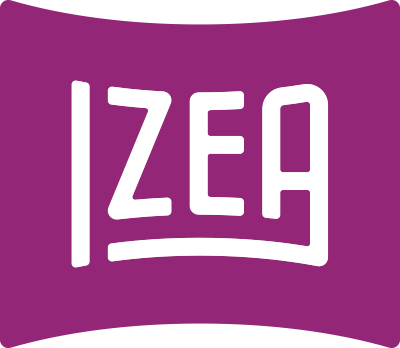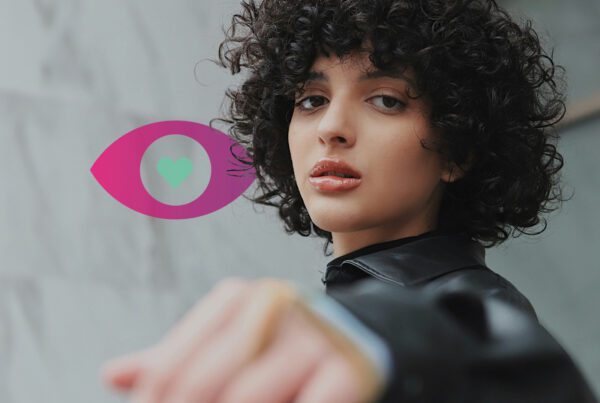There’s a hierarchy of trust when it comes to online content. According to studies from Nielsen and the 2017 State of the Creator Economy Report, people trust content created by their friends and loved ones the most. By and large, most people are going to turn to people they know and trust their opinions when they’re looking for advice on what type of stove to buy or where to get a new pair of shoes. People also trust brand content, or content created by a brand, such as a website. But they trust it a bit less than the content created by their buddies. Somewhere in the middle is influencer-generated content, or the blog posts and social media posts produced by influencers in partnership with various brands.
The Benefits of Influencer-Generated Content
If people trust user-generated content (and are often willing to create it for free), why bother with influencer-generated content? For a few reasons.
For one thing, if you’re a new or smaller brand, you might not have enough “users” or a big enough audience for a user-generated content campaign to make much of a splash. It’s not so much about building it, in this case — you need the people to come first.
With influencer-generated content, you can search for an influencer who regularly talks about or is involved with your niche or industry. If they agree to work with you, you have the assurance that the content they create and share with their followers will reach a sizable audience.
Another benefit of using influencer-generated content over user-generated content is that influencers tend to know what they’re doing. Users might be enthusiastic about your brand, but they often don’t have marketing experience. They might not know about camera angles and lighting, or how to make a picture look good.
Influencers live and die by camera angles and lighting — or, if they’re vloggers or bloggers, by creating watchable videos or readable blog posts.
Finally, when you use influencer-generated content, you retain some control over the content. If you invite random audience members or customers to create content for your brand and share it with a hashtag, you have no idea what you’re gonna get (McDonald’s disastrous #McDStories is a classic example).
How to Get Influencer-Generated Content
The first step for influencer-generated content is to find an influencer to work with. One way to do that is to do a Google search, or search on social media using keywords that are relevant to your niche or industry (like “fashion” or “children’s toys”).
A much better way to connect with an influencer is to use an influencer marketplace. You’re able to search for influencers, get an idea of their experience, see their engagement levels, and contact them using a marketplace.
Using Influencer-Generated Content
How you use influencer-generated content depends on a few factors. You can have the influencer share the content on his or her profile and leave it at that. That especially works if you’re relatively new and don’t have much social media traction or a big presence yet.
If you do have some presence online, you can also promote your influencer’s posts. Or, you can share them with your own social media followers.
Influencer-Generated Content Examples
What does influencer-generated content look like in the real world? Here are some examples from leading brands:
Old Navy and Meghan Reinks
Old Navy has used content created by YouTuber/influencer Meghan Rienks for a few campaigns now. The most recent example included a few videos created by Rienks showing people how to style clothes from the brand.
Naked Juice and Kate Lavie
Naked Juice has taken a simple approach to influencer-generated content. It asks influencers, like fashion/beauty blogger Kate Lavie, to create content that shows how Naked Juice is one of their daily must-haves.
Clinique for Men and Matthew Zorpas and Mikey DeTemple
When Clinique launched a line of skincare products for men, it worked with two influencers. They were Matthew Zorpas, a fashion blogger, and Mikey DeTemple, a surfer and photographer. The pair created photos of themselves with the brand’s products. The campaign resulted in more than 67,000 shares and likes and nearly 2.5 million hits.








